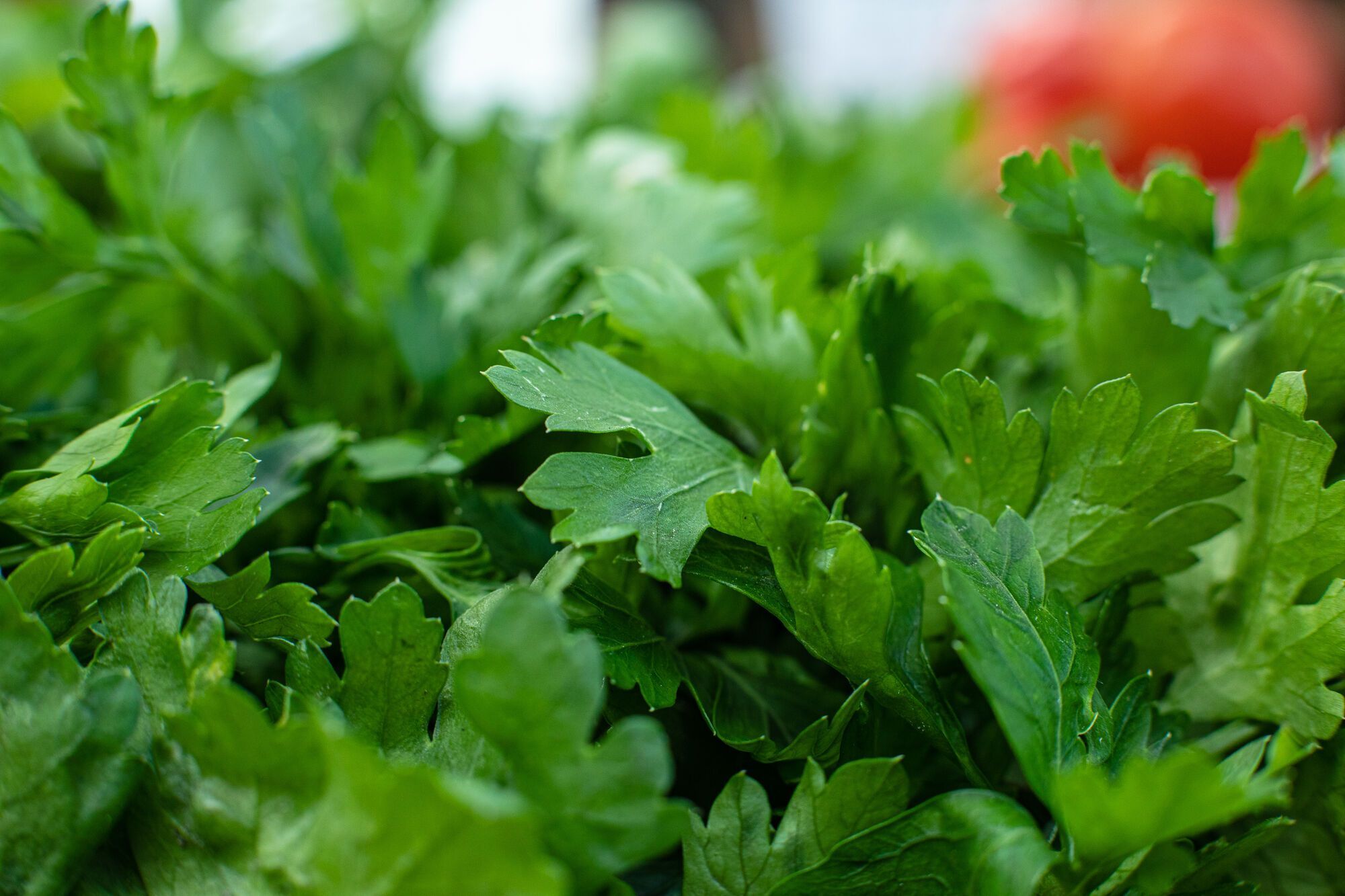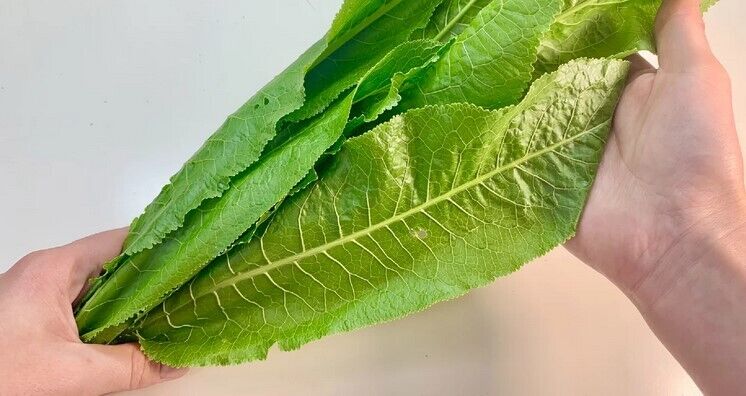Food
Why add horseradish and parsley to canned food - a scientist answers
To make canned vegetables taste good in winter, housewives add various preservatives, herbs, and spices to the jars. However, not all of them are healthy for the body.
But is there an alternative to the usual preservatives? Viktoriia Osypenko, PhD in Biology, Associate Professor of the Department of Biology, Ecology and Agrotechnology at Bohdan Khmelnytskyi Cherkasy National University, helped to understand this issue in her interview with Suspilne.
According to scientist, to prevent microorganisms from growing in canned food that can spoil the product and harm health, too much baking soda, vinegar, sugar, and other preservatives are often used. But they are also harmful to the human body in large quantities.
Fortunately, they can be easily replaced with products that grow in every garden, says Osypenko. "As a result, we will get high-quality canned food that will be even more tasty and healthy. And you can replace preservatives with ordinary horseradish and parsley.
Horseradish
Horseradish leaves have a rich chemical composition. It contains vitamins B1, B2, B5, B6, B9, C and PP. In addition, it contains the following minerals and nutrients: potassium, calcium, zinc, manganese, selenium, copper, magnesium, sodium, iron, phosphorus, amino acids, dietary fiber, flavonoids, lysozyme, glycosides, and phytoncides.
In terms of vitamin C, horseradish leaves significantly outstrip lemon, although they fall a little short of black currant. These leaves also contain essential allyl mustard oil, which has a positive effect on the human body in small amounts.
Parsley
Parsley seeds, greens, and roots are very often used in preservation. These parts of the plant contain vitamins A, B1, B2, K, and PP, ascorbic and folic acids, minerals: potassium, calcium, magnesium, iron, zinc, phosphorus, fluorine; inulin, flavonoids, glucosides, and phytoncides. Most of these nutrients protect against bacteria. Parsley is also rich in vitamin C. It contains even more of it than lemon.
In addition, parsley is rich in carotene and contains even more of it than carrots. And parsley seeds are very rich in fatty and essential oils.































